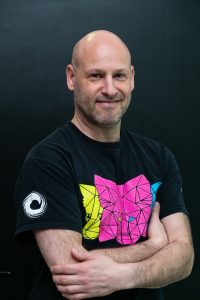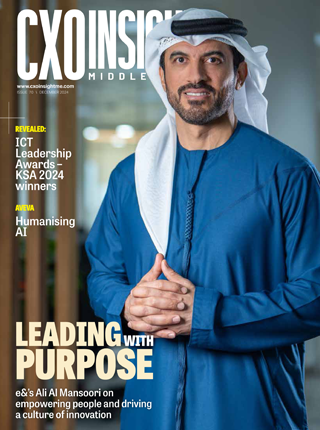You are currently building a blockchain-based cloud computing infrastructure. How does it work?
It will take advantage of next-gen hardware. CPUs are very important for the blockchain space, but other things could be done in hardware to accelerate the running of blockchain-based applications.
We are talking about a world in which compute, storage and bandwidth are ubiquitous.
With blockchain systems, you will be able to enter into legally binding agreements with a protocol called OpenLaw and tokenise different kinds of resources or services such as storage and bandwidth.
We are going to be able to move computation and data back and forth across different machines and pick the right computing and storage device for different pieces of an application process, which will result in massive cost savings for users.
It is similar to the transition from circuit-switched phone systems from a long time ago to packet-switched networks, where you are chopping up the data into little packets and moving them around. Blockchain and tokenisation will enable that sort of granularity of IT infrastructure.
Is blockchain a technology looking for a problem?
It might be true in some cases, but there are many problems in the world we are solving with blockchain solutions. We have a big commodity trade finance network in production now with a group of major banks and energy companies called Komgo. We have a sister project dubbed Vakt, which is an energy trading platform, run by the same stakeholders. It went live in December last year, and it is all about the documentation around financing those trades.
This network was built with confidentiality so that no one knows who is doing what transaction on the system or the details of those transactions. It would have been virtually impossible to put together something like this previously because of concerns around intellectual property and confidentiality; you would need one central entity that controls all that data, machines and software in the systems.
We have built encryption into the system so even while everyone is on the network, and no one would be able to cheat the system. The business logic is guaranteed to execute. That is the nature of blockchain.
Can you tell us a bit more about the micro-grid project you have done in Brooklyn?
The micro-grid project was more of a proof-of-concept, which then evolved into GridPlus. It gives token holders nearly direct access to wholesale energy. We set up GridPlus in Texas and are now rolling it out into different regions. We have already gone live in Texas, where the energy sector is de-regulated with tiers of providers.
Thus, we have built smart wallets for homes, which can detect energy spikes and switch to battery when that happens. We can give consumers 50 percent off per kilowatt-hour cost without utility buffering.
Major vendors such as IBM and Oracle have launched blockchain as a service. Will that help users to test the water without upfront investments?
We are doing blockchain as a service in this region with Smart Dubai in the UAE and STC in Saudi Arabia, which I think, is going to jumpstart activity here and enable single-click deployments. We have a team that joined us from the blockchain commercialisation practice at IBM, and they built Kaleido, which is by far the most sophisticated blockchain as a service platform. It’s got 2,000 consortia on it right now. For example, if I wanted to create a consortium for every one of us in this room, I could get on Kaleido, type in the e-mail addresses and provision an instance for all of us. I could fire up a node of an Ethereum blockchain, and choose different geos to locate things. It could be on AWS or Azure, but if I felt suspicious of any of these people, I could invoke collusion resistance mechanisms, that would check the system, checkpoint it and put it on public Ethereum at regular intervals.










Discussion about this post